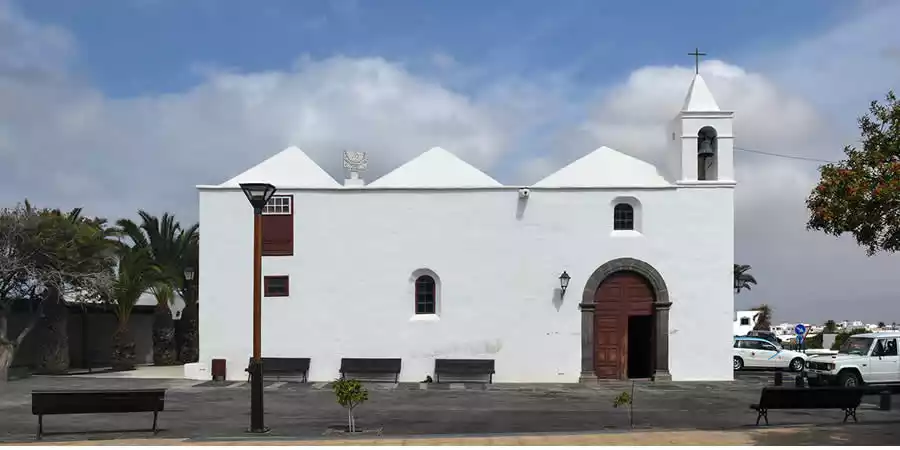
The town of Tinajo is located in the western part of the island of Lanzarote, in the Canary Islands, and is one of the oldest and most traditional towns on the island. Despite its small size, this town has a lot to offer visitors, from its traditional architecture and historical landmarks to its rich culture and traditions.
The town of Tinajo is the nerve center of the municipality, and has basic services such as shops, restaurants, banks, pharmacies, a health center, among others.
It is the agricultural municipality par excellence : It has served as pasture for cattle and all forms of cultivation ar...
Its origin dates back to a group of shepherds who settled in the area due to the fertility of the land before the volcanoes destroyed a large part of it. The vegas that surround Tinajo were the most productive on the entire island and provided food for the inhabitants.
The conquest of the territory was slow and until well into the 17th century it did not stand out enough to be reflected in cartography. In 1577, Gaspar de Bethencourt received the term of Tinajo and all the maretas of the town. At the beginning of the 17th century, Ana Viciosa, wife of the governor of Lanzarote, administered the town, which had barely a hundred residents.
In the second half of the 19th century, Tinajo and Lanzarote began to take off economically with the first agrarian reforms. The sandblasting system was a shock to traditional agriculture, and the introduction of mechanical trucks in the 1930s transformed the landscape of the area.
Agriculture became the main source of livelihood for the islanders, although there were also years of famine due to droughts, plagues and epidemics. Some inhabitants emigrated to Gran Canaria, Tenerife and America in search of better opportunities.
Tinajo administratively belonged to Teguise, the island's capital, until 1852, when it was replaced by Arrecife due to its economic development.
As for festivities, one of the most outstanding in Tinajo is the Fiesta de San Roque, patron saint of the town, which takes place in August. During this festival, various religious and cultural events take place, such as processions, traditional dances, and concerts.
It is also important to mention the Romería de los Dolores, which is held in September and consists of a procession in which the residents of the town carry the Virgen de los Dolores from the church of Tinajo to her hermitage in Mancha Blanca, where it is held a mass and a fair is held.